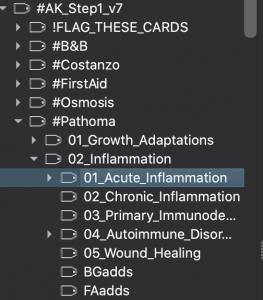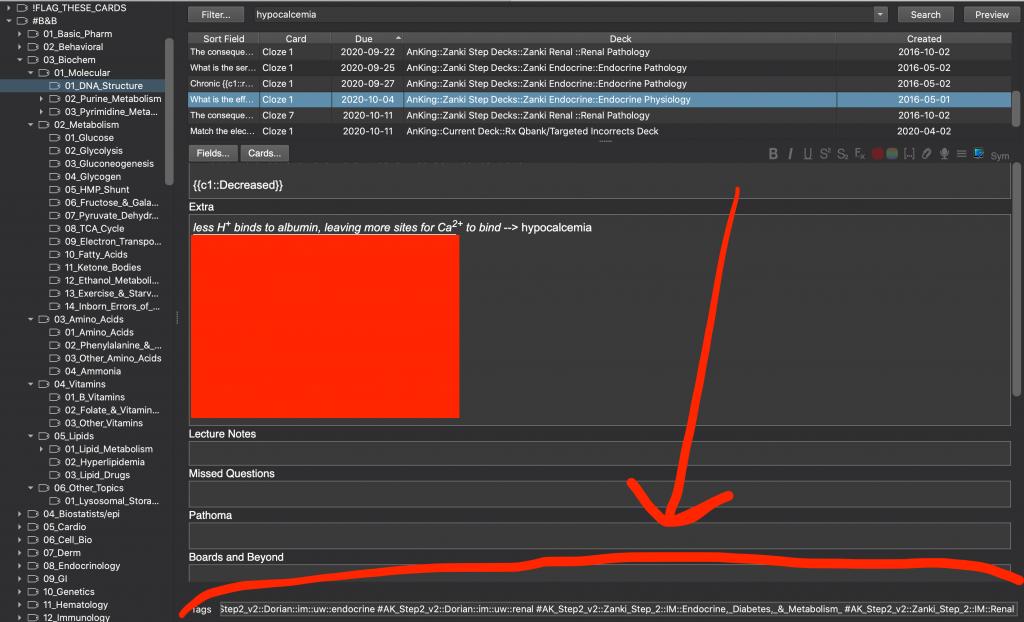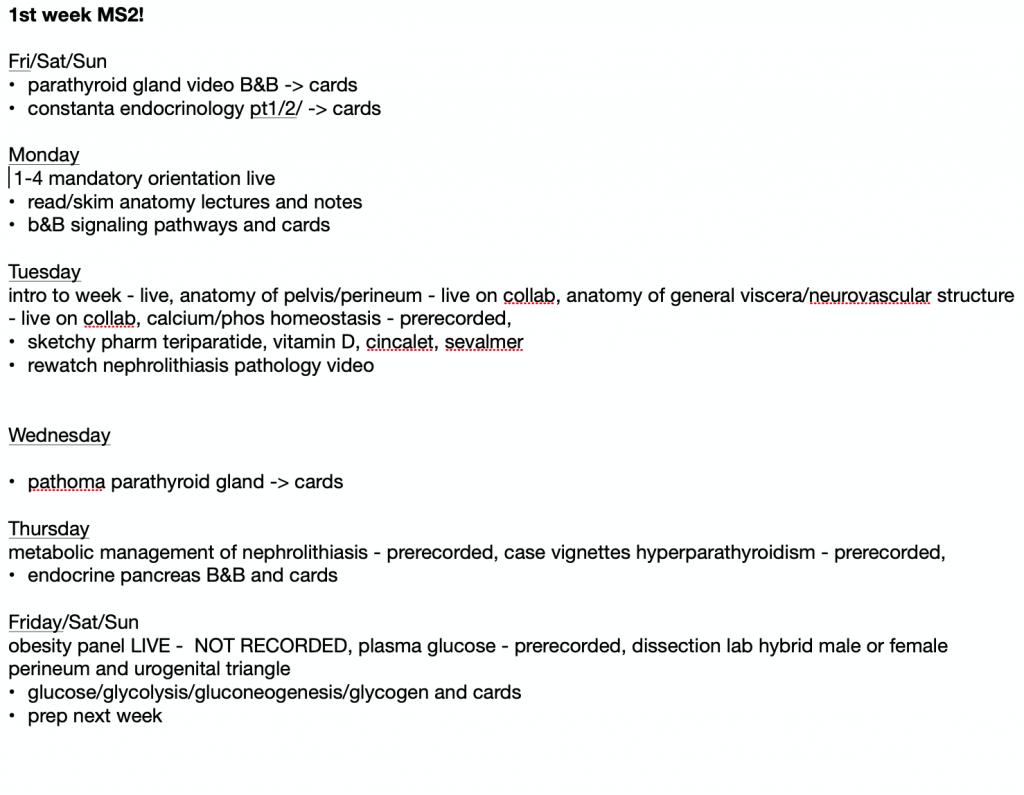So you know you need to use the AnKing deck, but how do you use it alongside lectures? How do you know which cards to unsuspend? Do you have to manually search for every card?
No.
Here is how to use AnKing with lectures in medical school.
Step 1: Identify what content you will be learning in lectures
What lectures do you have that week? Do you have any anatomy lectures? Histology lectures? Are you learning about pathology?
Write out every day what you are learning.
Then I plan that the day before I will learn and get a basic understanding of the material; preview the material. I preview the material with Anki, third-party resources, and finally a quick skim of the lecture.
Then, when I watch the lecture or attend the lecture, I have a basic understanding of the content. This understanding allows me to get much more out of the lecture than I would if I went in blind.
Step 2: Find that content in a Third-Party Resource, and, therefore, AnKing
How do you know which cards to unsuspend? Well, there are two ways that I find the right cards to study:
Card-finding option A
The title of the lecture is directly matched up to a B&B video, pathoma video, sketchy video, or youtube video. This is easy mode. Oh, the lecture is on acute inflammation? Pathoma ch 2.1, watch the video, unsuspend the cards, learn the cards, preview the lecture, done.

Card-finding option B
The lecture title doesn’t seem to match up anywhere. You have to dig a little deeper. Look at the lecture slides, what is the main point? Are there certain terms you can identify?
- Then go to “browse” in Anki. Search for that term, can you find some cards that seem relevant to that lecture?
- NO, you won’t have to search for every card.
- Take a look down, all the way towards the bottom of the screen, you should see something called “tags” (picture below)

- Look above! See? This is just one of the tags but there is a B&B video tagged to this card, if you keep scrolling you would see BRS physiology chapter tagged to this and a first aid chapter tagged to this card!
- Next, you want to go that video in Anki and see if all the cards are relevant. Maybe the B&B video is too unrelated, but the first aid chapter is exactly what you need. So you pick one of those sections, learn that content, then unsuspend the cards tagged to the most relevant third party “section” you found.
- I found that the cards in Costanzo, Endocrine section 10, was the most relevant.
- So I would read that part of the chapter, unsuspend those cards, then study them!
A little more tricky, but as you practice finding the relevant cards you get better at it. The AnKing has everything you need.
Step 3: Study that content
Watch the video, make sure you understand what is going on.
Then unsuspend the relevant cards, but wait!
Before you begin smashing the spacebar look over each card in the browse section. Read the related first aid material, read the “additional resources.”
Develop an Understanding. Understanding > Memorization.
Step 4: Preview the lecture
Take a look at the lectures slides you will be presented tomorrow. Look over them briefly and quickly. Don’t take any notes. Imagine you were looking through a magazine.
I don’t look through any magazine longer than 15 minutes. So my preview never takes more than 15 minutes, and I never take notes on a magazine…
Then you’re done! Sleep, chill, let that information set into your brain overnight.
My Example Week:
Here is what my first week plan looks like for my first week of MS2. No it’s not pretty, it doesn’t need to be. I make this every Friday because that’s when my school releases next weeks lecture.
Some small things I do:
- Do all this Anki learning the day before I watch the lecture.
- Prioritize Anki and third party resources every day, so my studying for the day might look like (look at Tuesday)
- Do all my Anki reviews
- Watch relevant third-party resources for the next day’s lecture material. So that’s the sketchy pharm video.
- Unsuspend and study the correlated Anki cards. So that’s the sketchy pharm Anki cards.
- Watch the lectures of today. So that’s two anatomy lectures and a calcium and phosphate homeostasis lecture.
- The next day I don’t have any lectures, so I won’t preview lectures, but this would be my last part of the day.

I started making this weekly plan about halfway throughout my first year of medical school. I think it improved my score, I know it improved my stress levels and anxiety.
Now I know what I’m studying every day, so I just wake up and get to it.
-Zach

